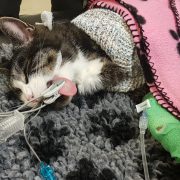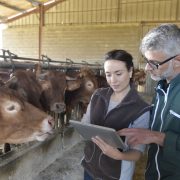Dog owners’ perspectives on canine dental health-a questionnaire study in Sweden
K.B. Enlund, C. Brunius, J. Hanson, R. Hagman, O.V. Höglund, P. Gustås and A. Pettersson | Frontiers in Veterinary Science | June 2020
The aim of this study was to investigate dog owners’ opinions, and assessment, of their dog’s dental health…











Connect with us